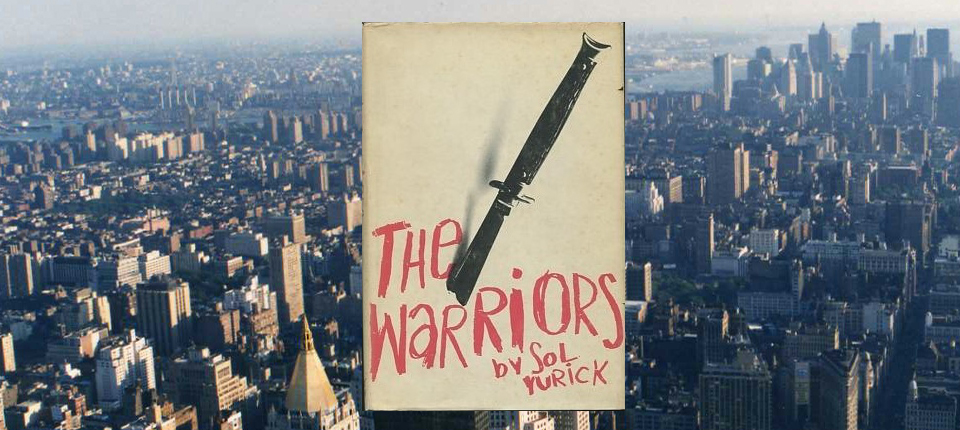The history books say the infamous plague pandemic of the 14th century killed at least half of the population of Europe. But recent scientific investigations have called that figure into question
Health
25 May 2022
An allegorical representation of the plague from 1540 Science History Images/Alamy
“What the historians mainly tell us is that half of the people that lived in Europe died due to the Black Death,” says Alessia Masi at the Max Planck Institute for the Science of Human History in Jena, Germany, referring to the outbreak of plague in the 14th century caused by the bacterium Yersinia pestis. “But it’s hard to say if it is true or not.” Masi’s recent work certainly gives pause for thought.
The 50 per cent figure relies heavily on written records, but these are sparse and mainly from urban areas in a handful of countries – England, France, Italy and the Netherlands. Some cities probably did endure death rates of 50 per cent or more. “For London, the impact was terrible,” says Masi. But in the 14th century, only around 10 per cent of people lived in towns and cities. In order to get a full measure of the impact, you have to look at rural populations.
Mortality records for these areas are sparse at best, so Masi and her colleagues turned to pollen. Their hypothesis was that if the plague really did wipe out half of the population, the pollen record would show it. Labour-intensive cereal fields would give way to pasture and, eventually, wild forest as demand for food plummeted, labour shortages bit and agriculture was abandoned. “If a lot of people die, there are not enough people to cultivate the fields, so what we did …

























































